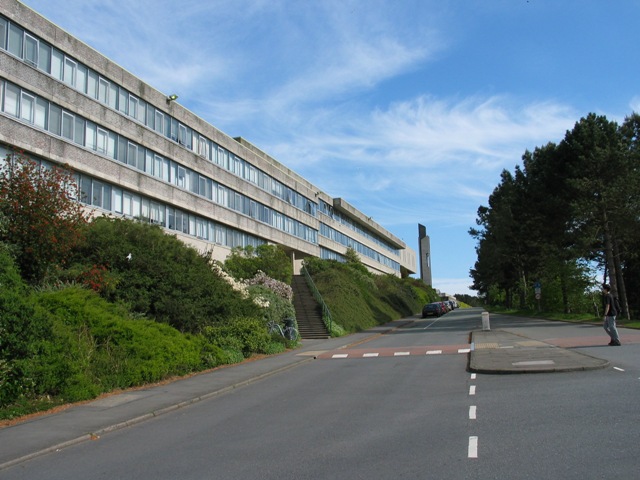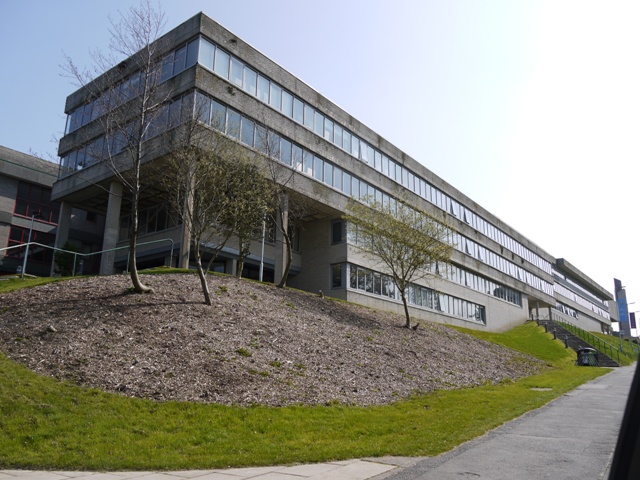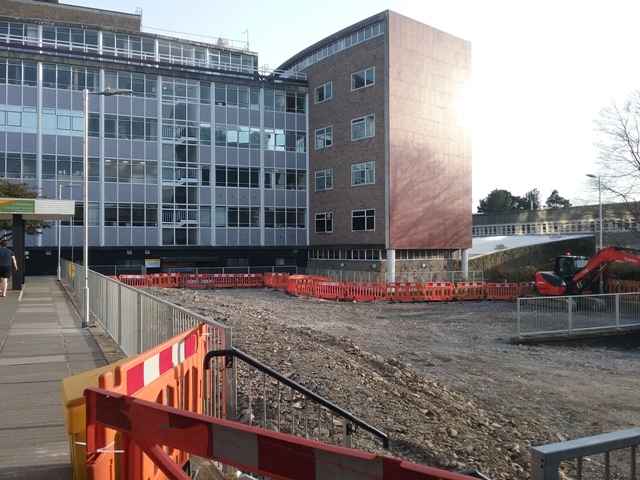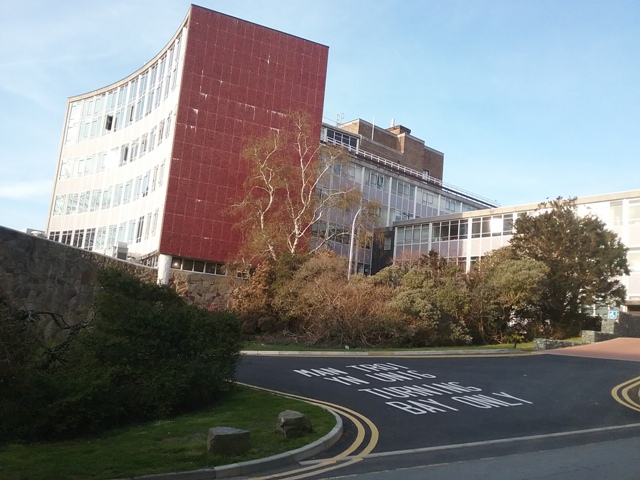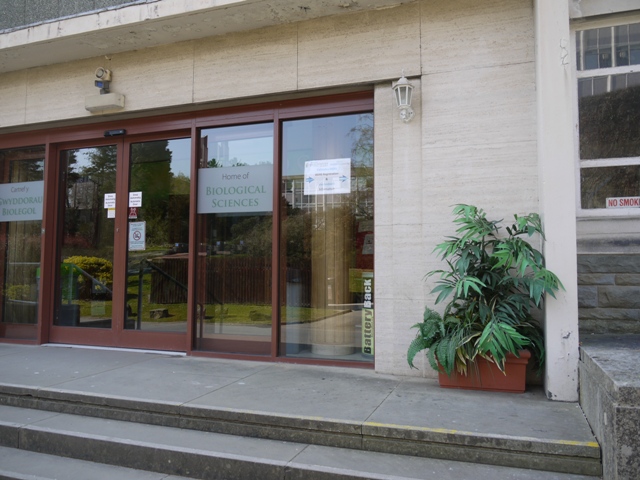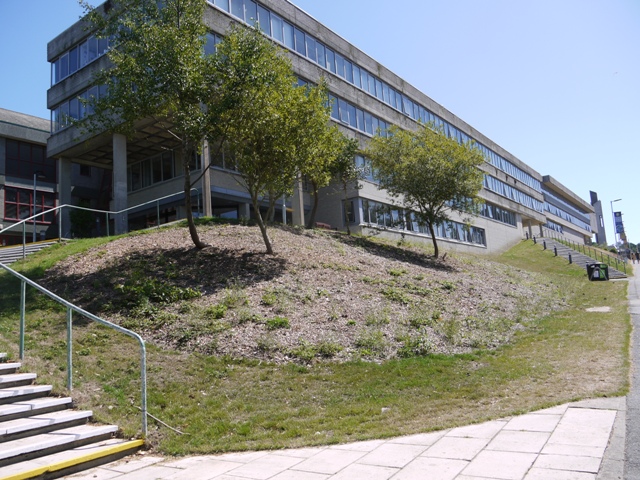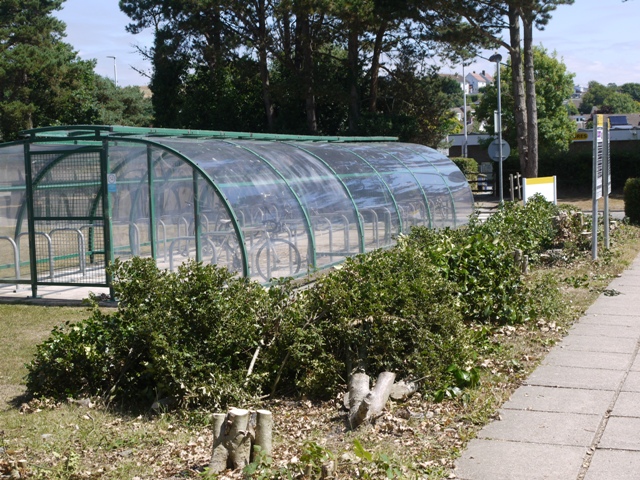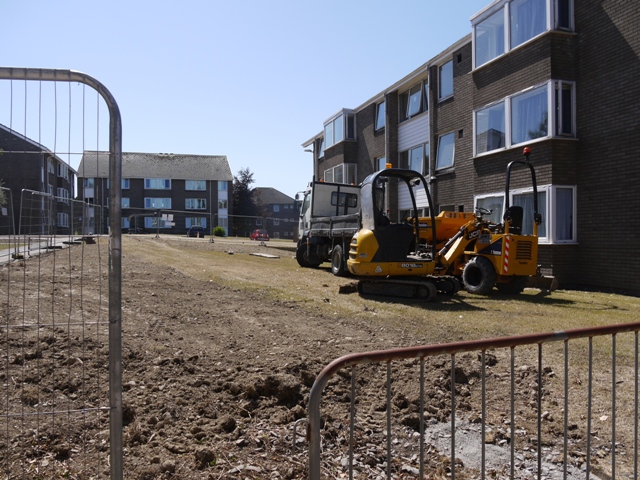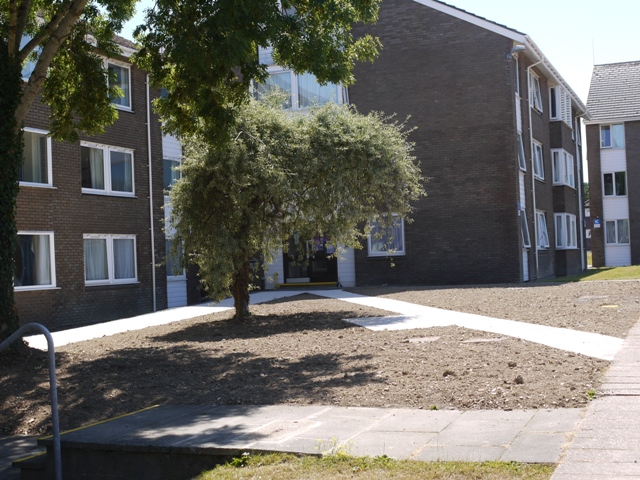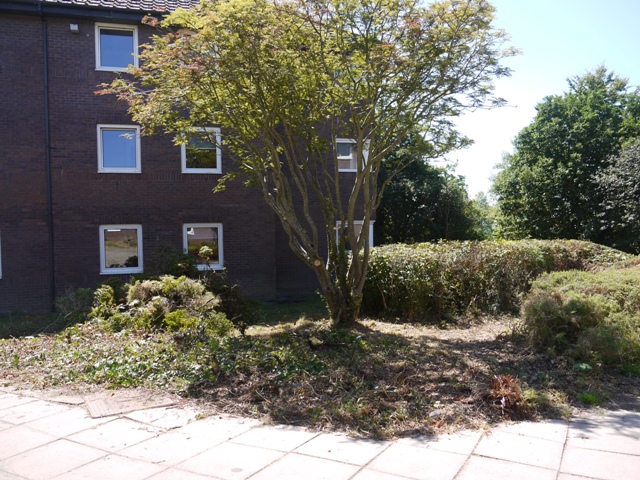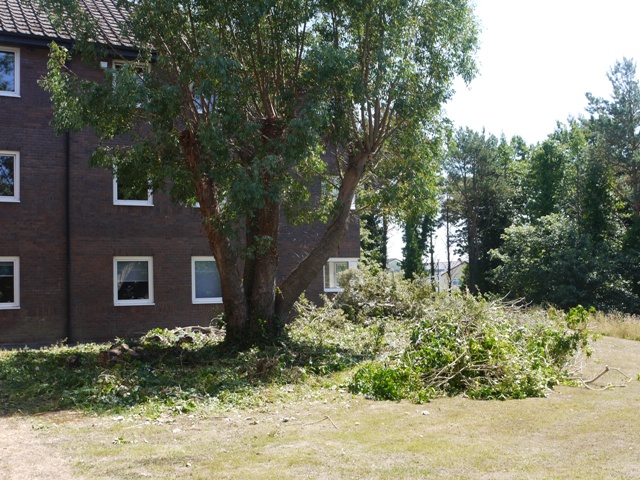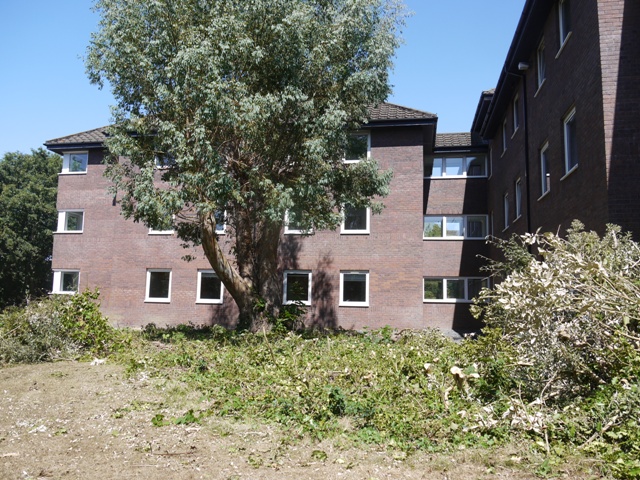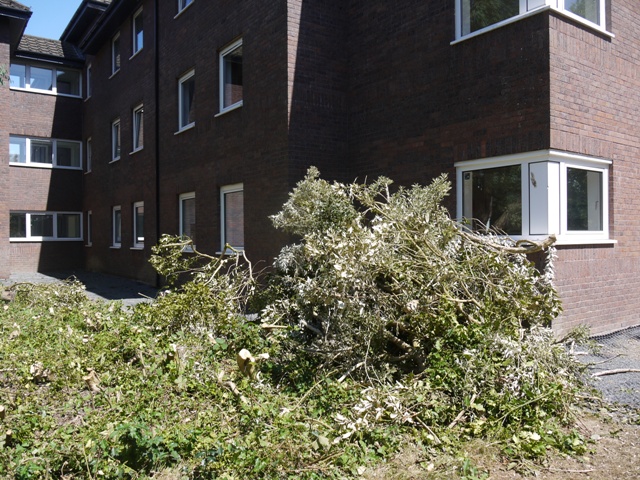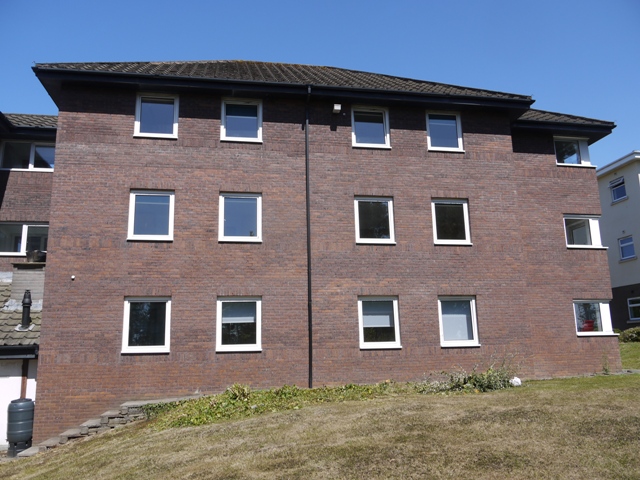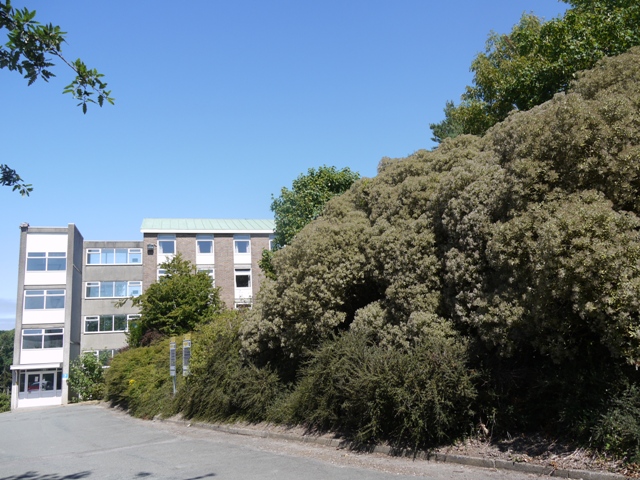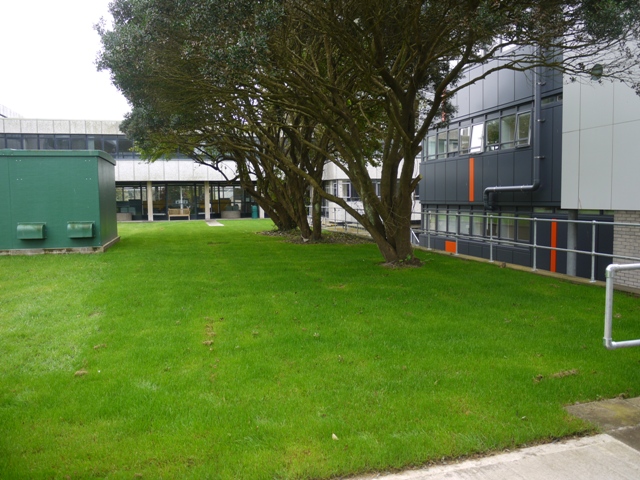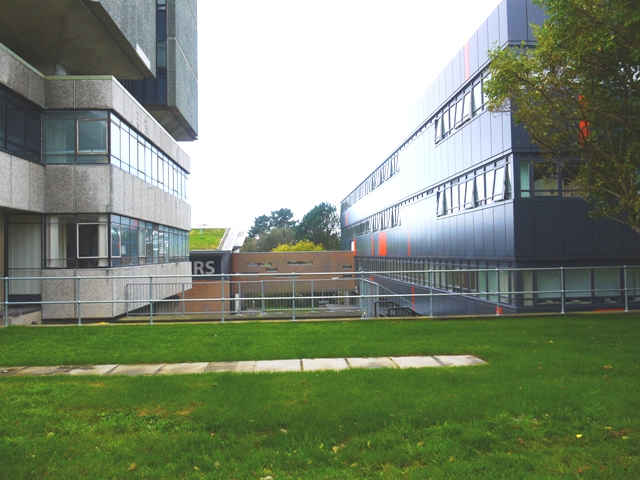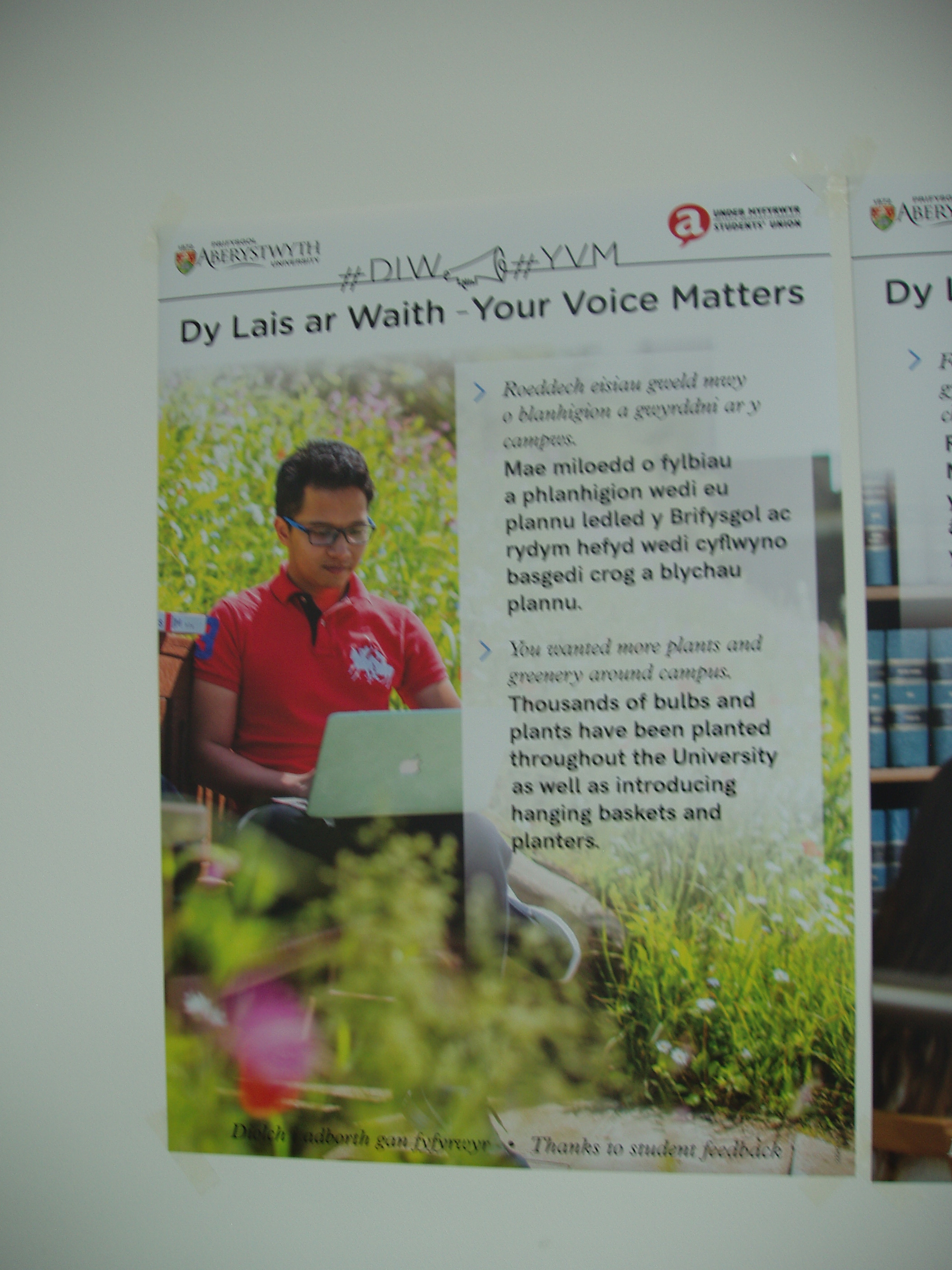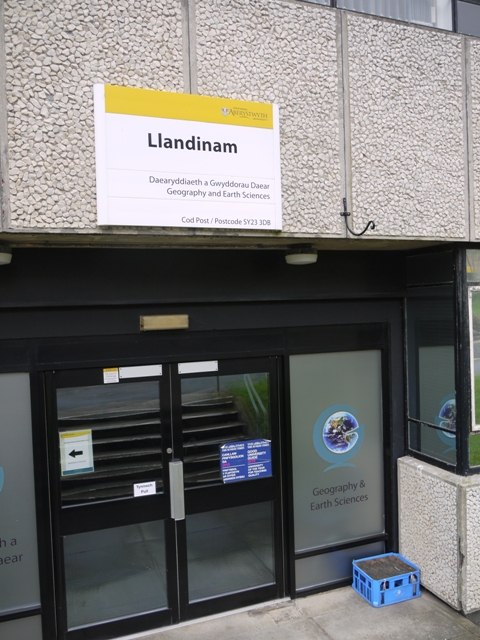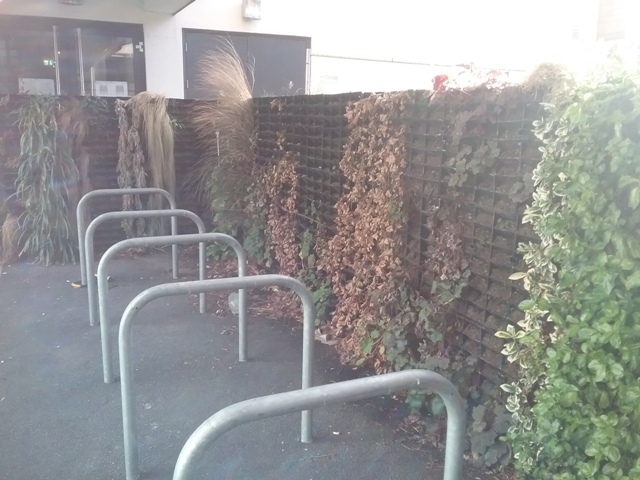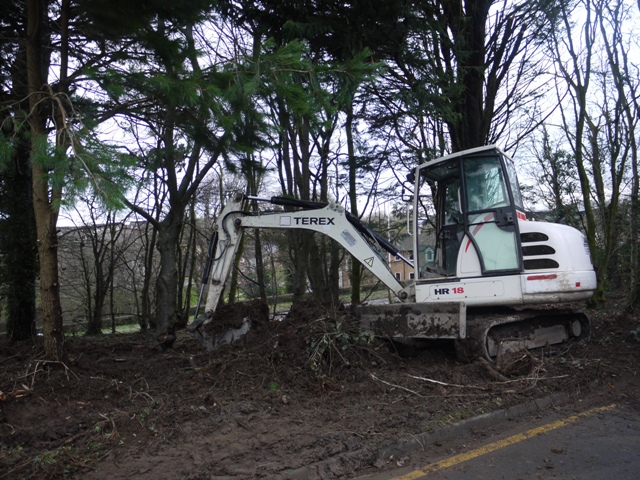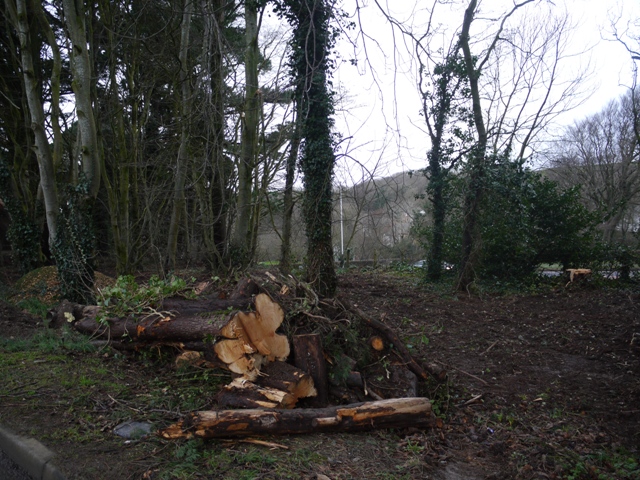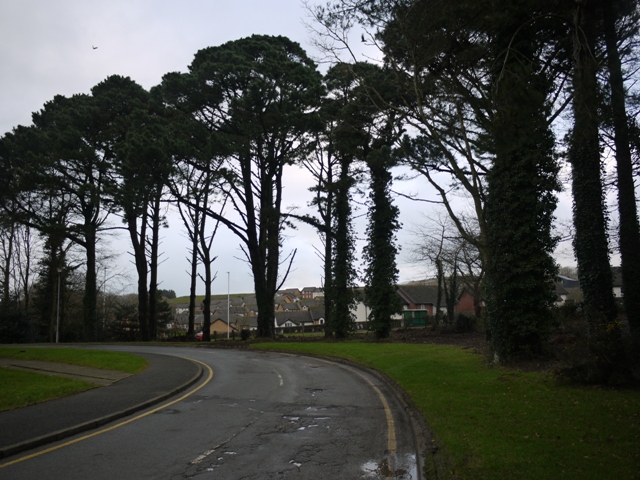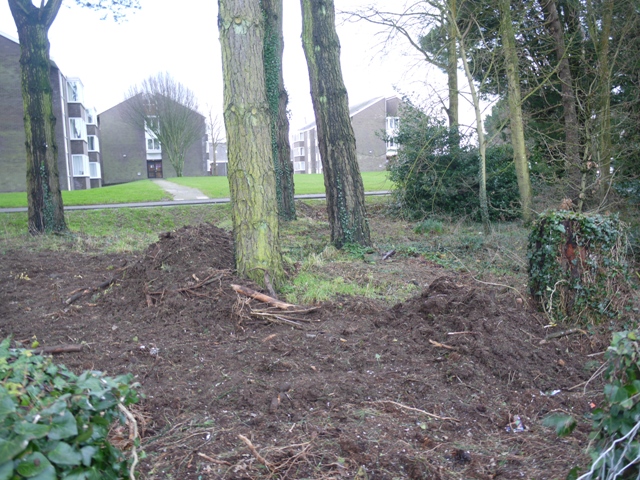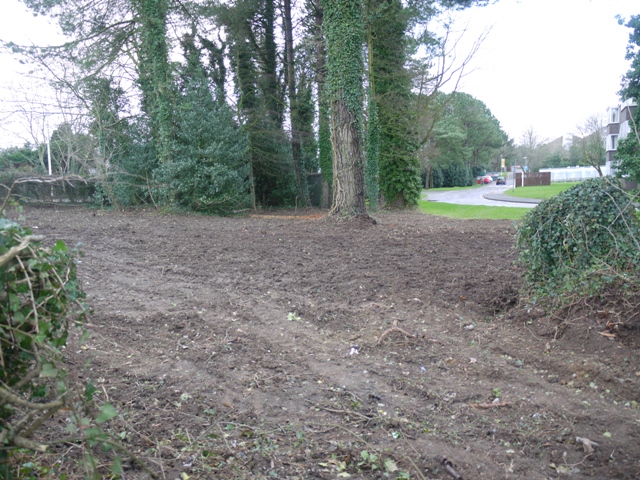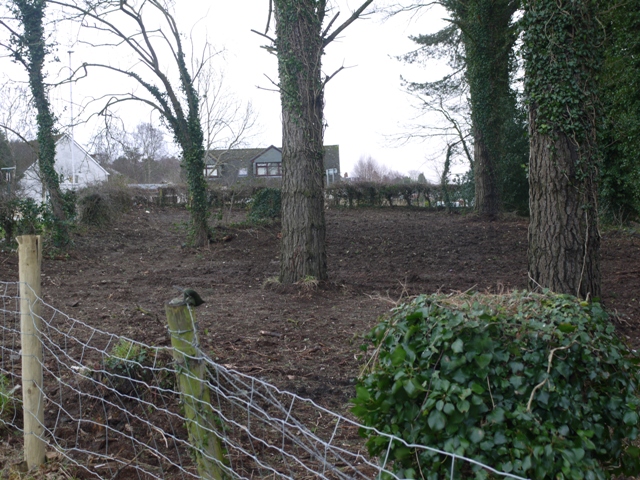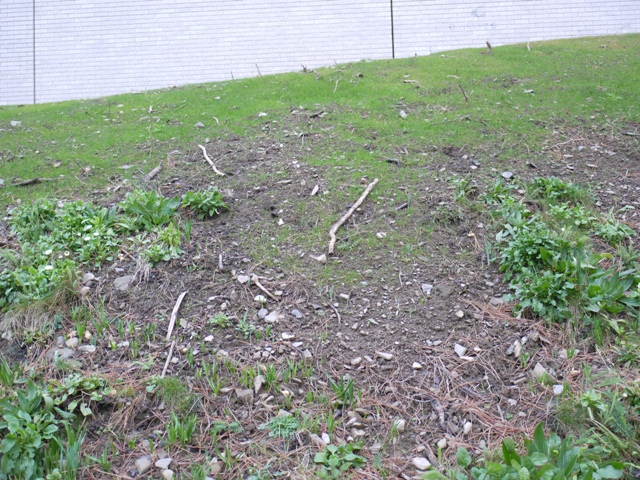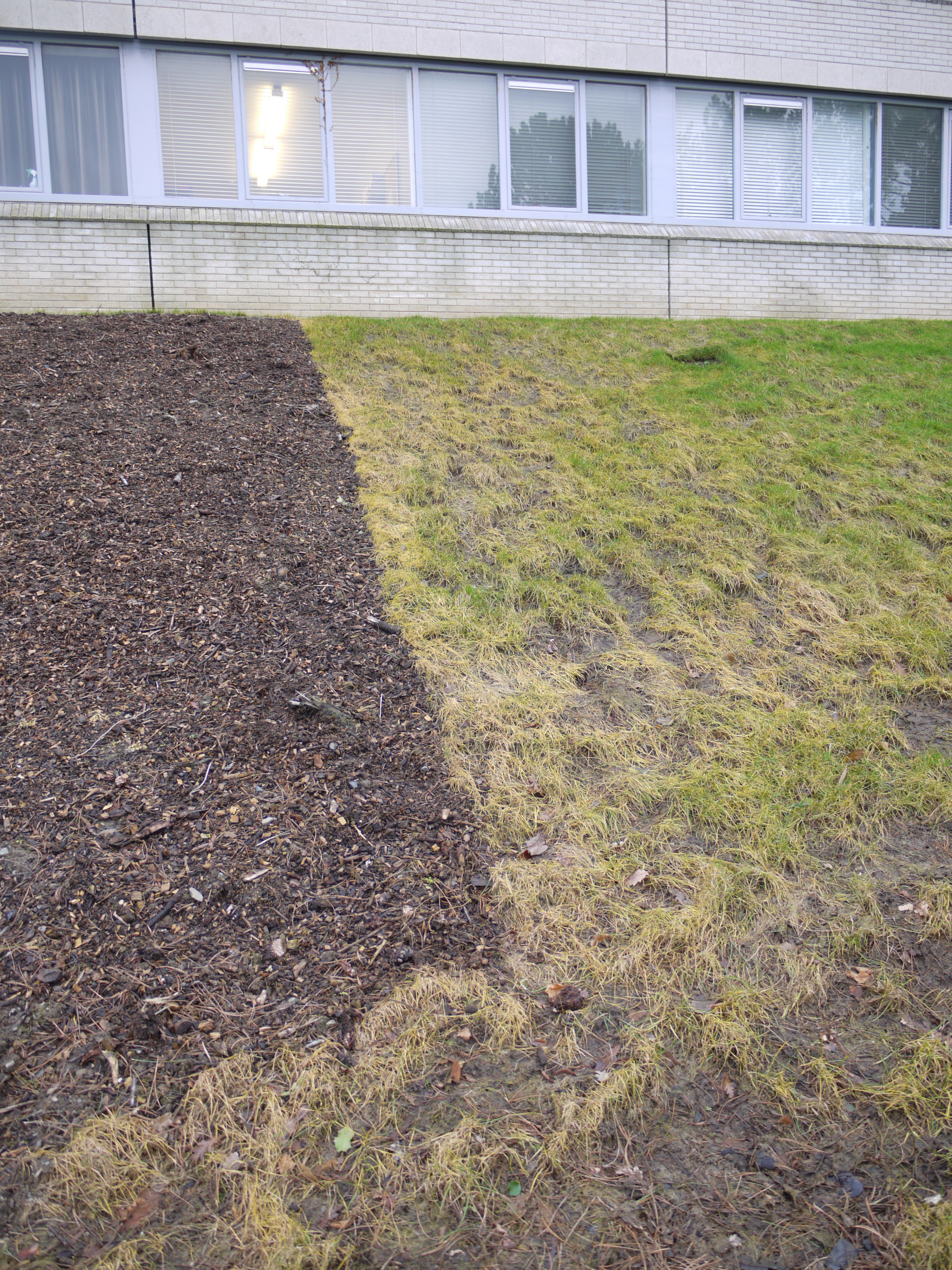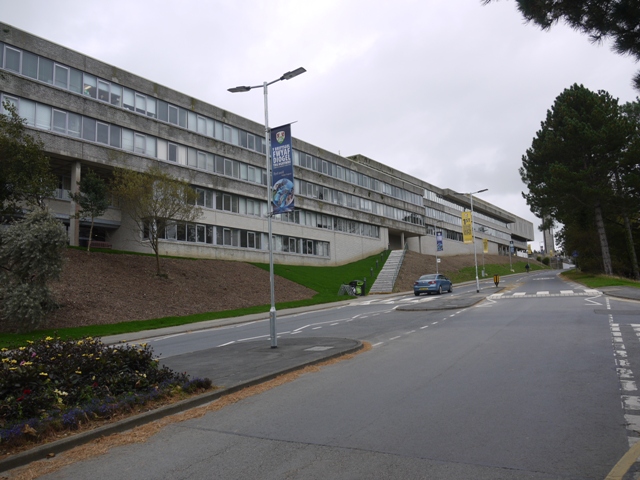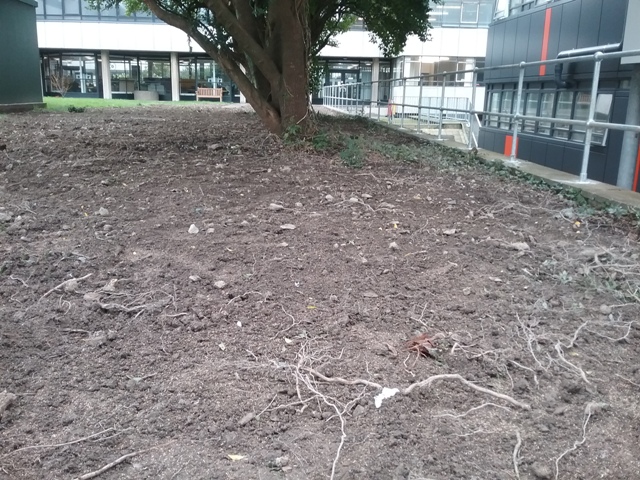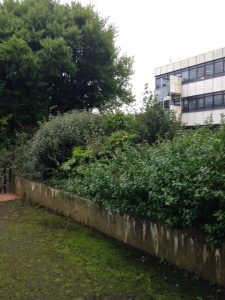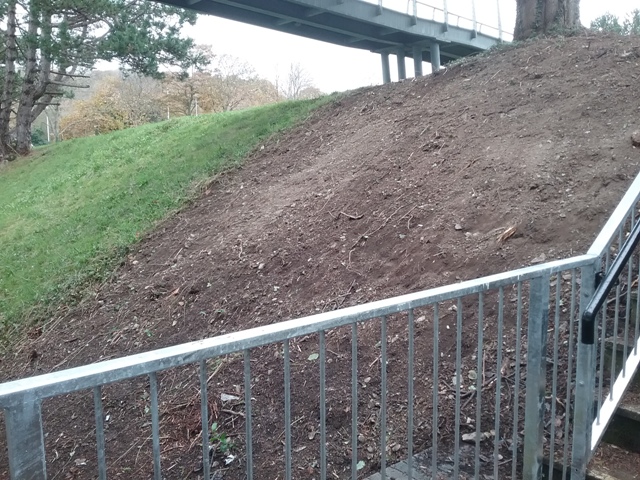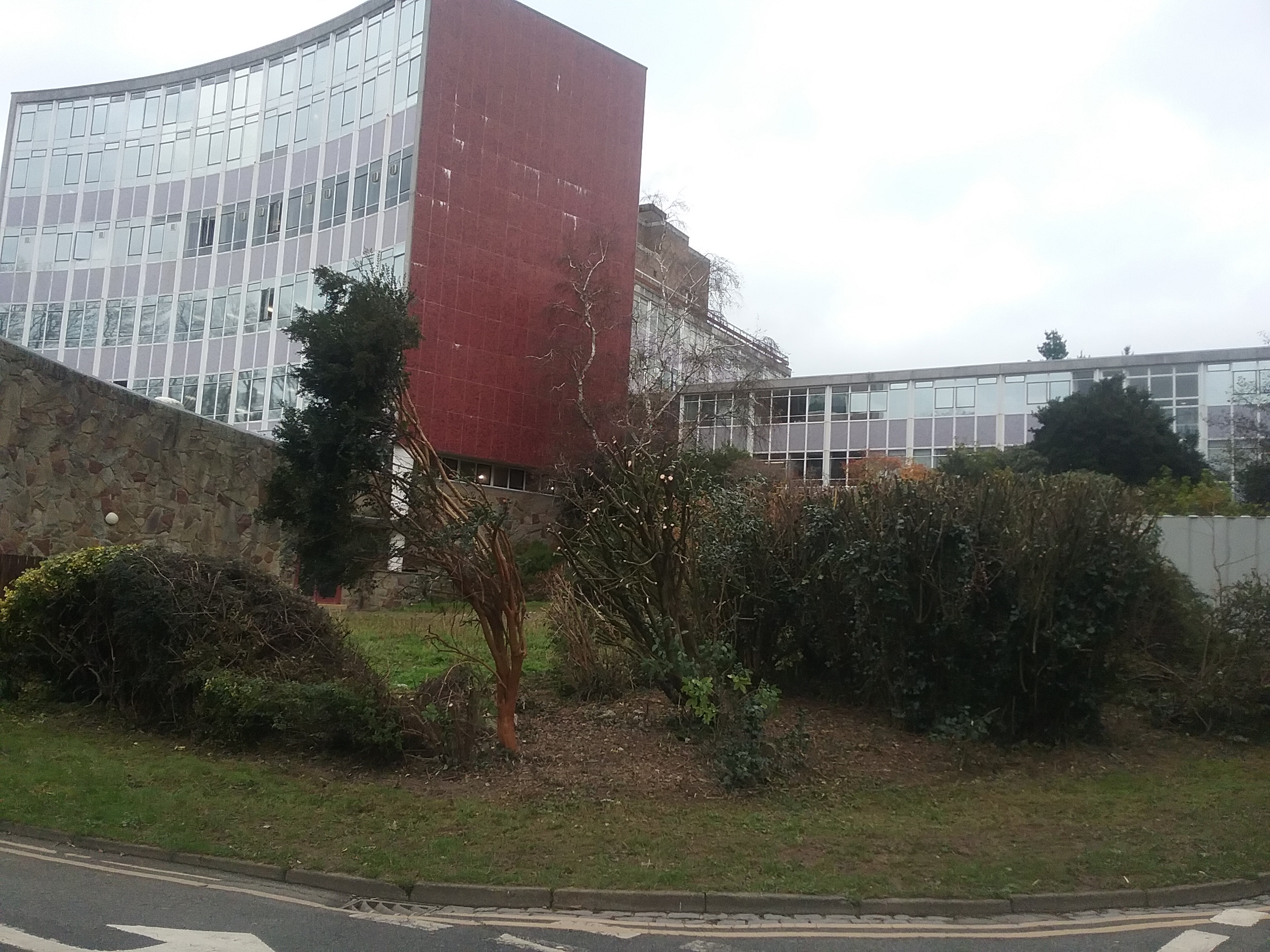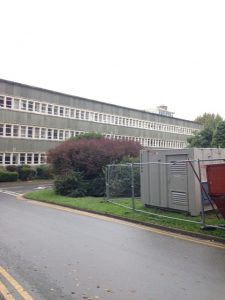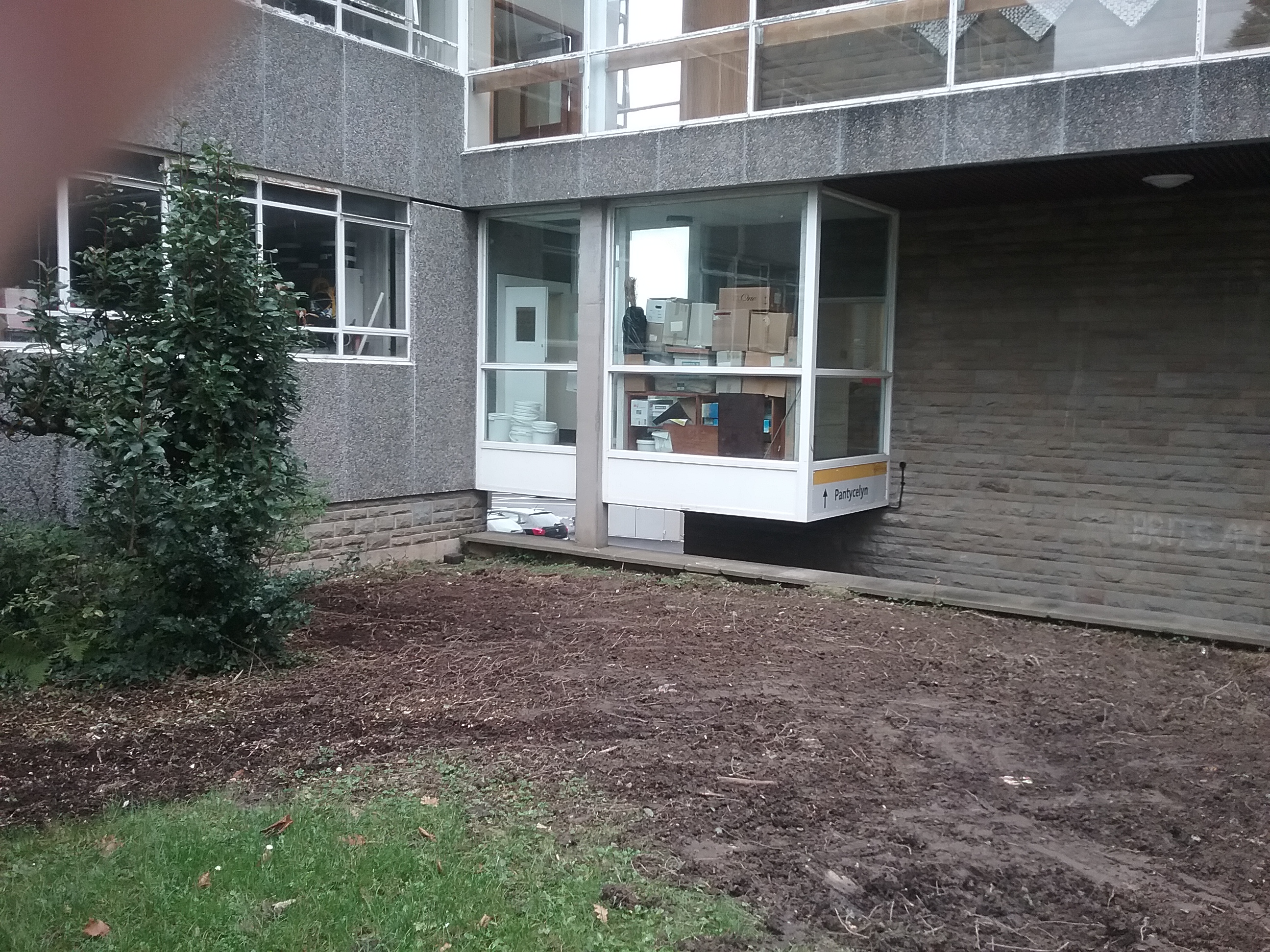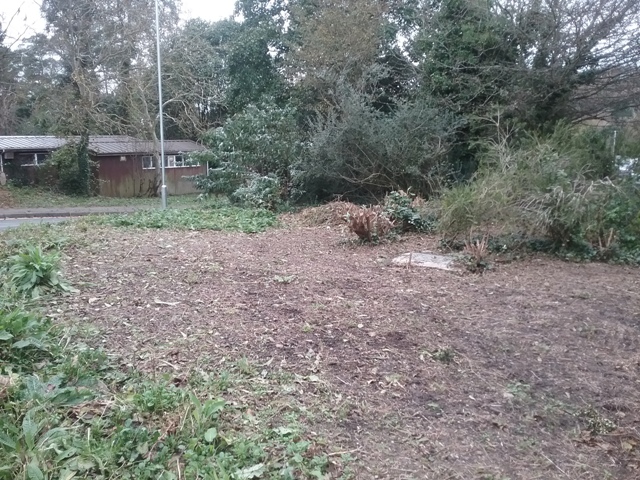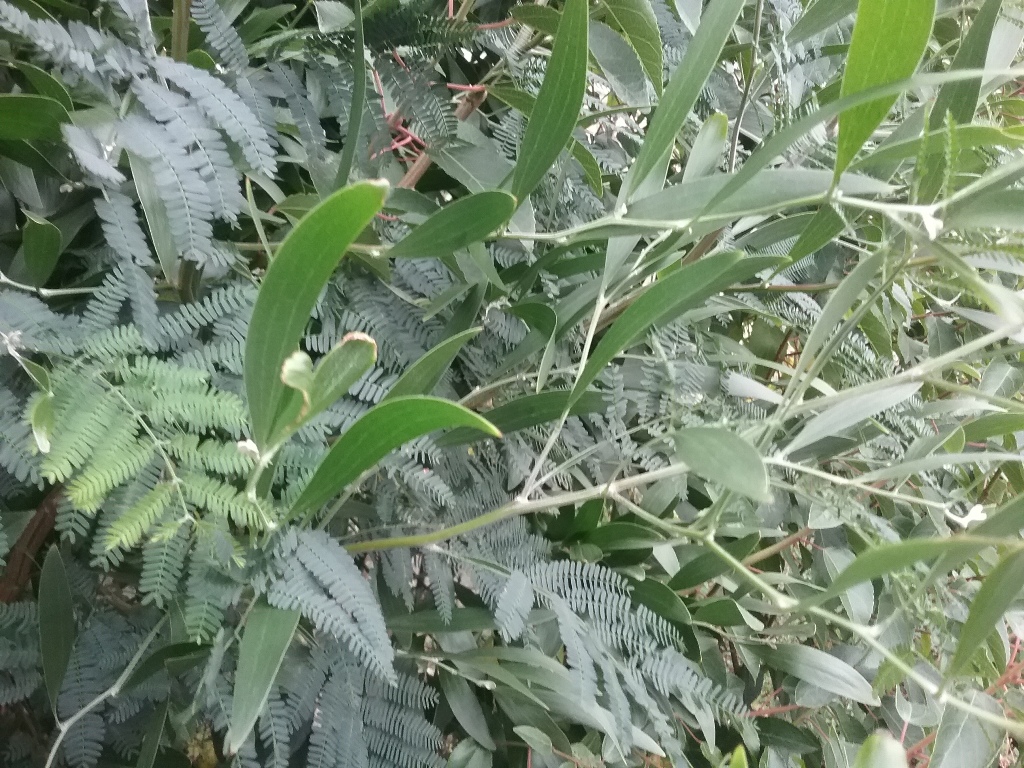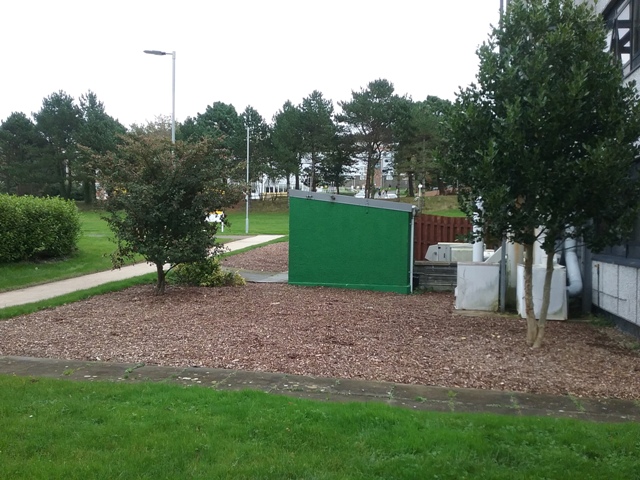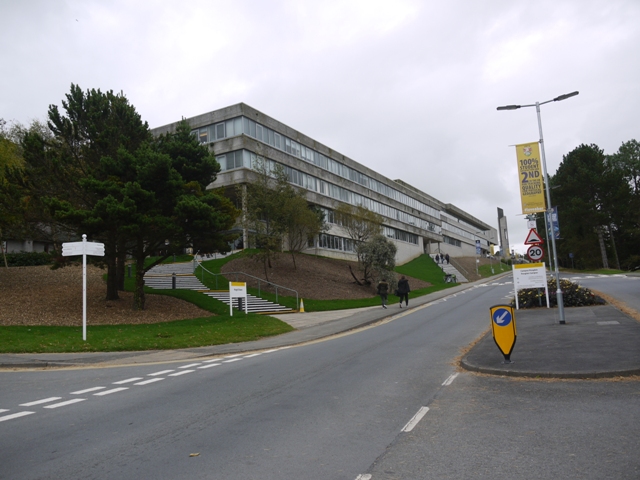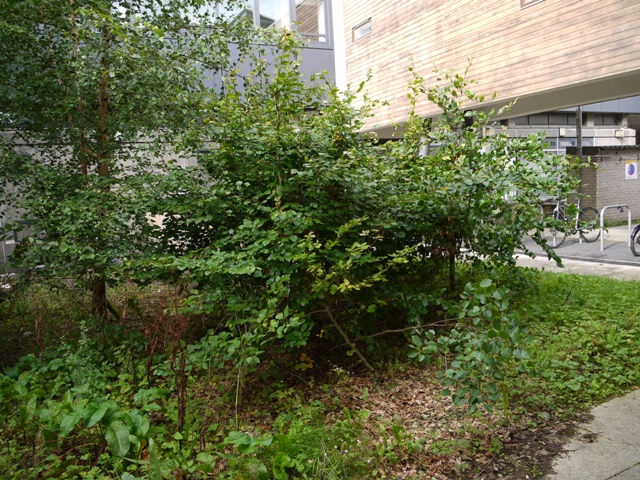I cannot claim authorship of the piece reproduced here, though I did contribute to its composition under the pen of Peter Wootton Beard. It recently appeared as a tribute from the Vice Chancellor, Elizabeth Treasure, in the inboxes of all university staff. John Corfield was ubiquitous in Aberystwyth, some knew him best for his work at the exceptionally fine gardens of the Penglais campus, others for the panache with which he received bucket loads of wallpaper paste down the trousers in the Wardens’ pantomimes. I reproduce the tribute here in full, but have augmented it with a number of photographs charting his life.
It is with a heavy heart that I share the news with you that our former Head Gardener John Corfield passed away peacefully on 15th August 2020. He will be hugely missed.
John was born shortly after his parents moved from Montgomeryshire to Tan-y-Castell farm, Llanfarian in 1933, where his father became the tenant farmer of the Tan-y-Bwlch estate. After a terrible flood in 1964, the family were forced to leave the farm and moved to Marian House, Llanfarian.
 John Corfield. Portrait by H.N. Davies of Aberystwyth 1934  The schoolboy John, in a photograph re styled as a pencil drawing John subsequently joined the University staff under the newly appointed Curator of the Botany Gardens and College Grounds, Basil Fox, and under the direction of Prof. Philip Wareing, then Head of Botany shortly thereafter. The team were responsible for taxonomic order beds adjoining Plas Penglais, the provision of plants for the undergraduate practical classes and research programmes, as well as the management of small-scale field experiments for the Botany and Agricultural Botany departments of University College Wales. Their role expanded to include the planting of the new Penglais Campus.
The campus rapidly expanded over the next twenty years and between them, John and Basil were responsible for introducing a wide range of plants that are perfectly suited to the exposed coastal conditions.
John became Head Gardener in 1983, amply filling the rather large shoes vacated by his predecessor, Basil Fox. The gardens were highly praised by Arthur Hellyer in the 1970s and were awarded a Grade II listing in the Cadw Register of Landscapes, Parks and Gardens of Special Historic Interest in Wales in 2002. The listing describes them as ‘One of the most important modern landscaping schemes in Wales’.
John worked with the renowned landscape designer Brenda Colvin overseeing the planting between Pantycelyn and the main campus and was instrumental in bringing her vision to fruition. It is perhaps a little known fact that we work in such a special landscape, but I’m sure we all appreciate the beautiful surroundings that greet us when we come in to work, and we have John to thank for much of that. The current grounds team, under the management of Jeff Saycell, are working hard to restore elements of the original landscape and to protect John’s legacy.
John became a formidable botanist; whose breadth of knowledge and interests were honed on his many botanical excursions with friends and colleagues to locations such as Greece, Crete, and the Pyrenees. On such occasions he demonstrated his considerable skill with languages, regularly surprising people with his ability to get about comfortably in Greek, Turkish, German and others.
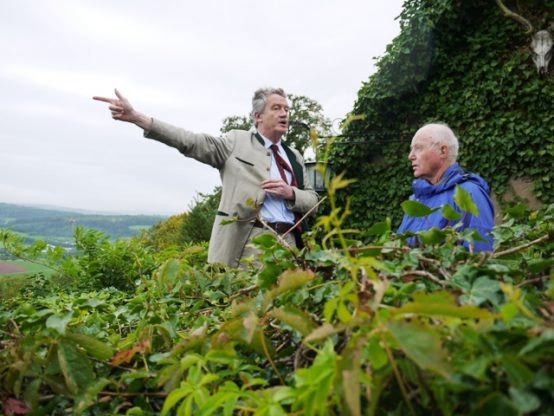 In Germany with Count Constantin von Brandenstein
His expertise was often called upon for the student trips organised by the Botany department to the Picos de Europa mountain range in Cantabria, Northern Spain. His colleagues at the time describe John as a ‘magnet’ for students during these 8-10 day trips under canvas, due to his vast botanical knowledge, patience and warmth of personality.
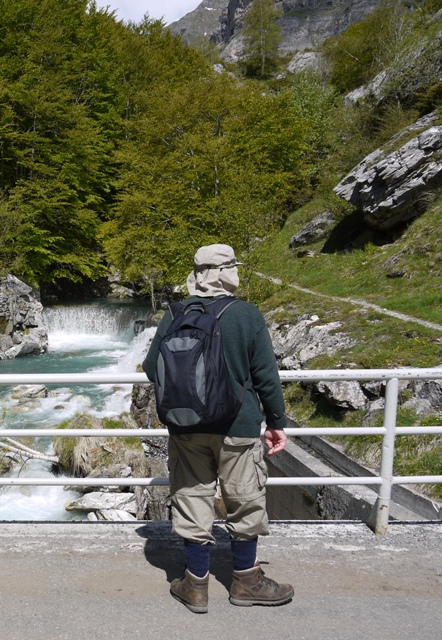 In field gear in the Pyrenees Maintaining academic standards in this environment required considerable ingenuity, and John was a great source of strength – making camp furniture, mentoring projects and monitoring student submissions. He was able to form a connection with anyone and everyone he met and inspired a generation of botany students. He wrote to his friend and former colleague Andrew Agnew just eight days before his passing to reminisce about how much he enjoyed the trips to the Picos de Europa, a memory that Andrew was pleased to share. He was also often called upon to share his passion through talks and practical advice to the local community.
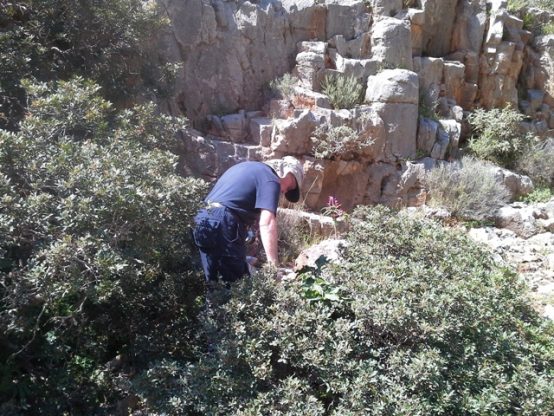 Botanizing in Crete 2015 He was a founder member of the Cardiganshire Horticultural Society, formed in 1968, and following Basil Fox’s death in 1983, became the second President of the society, a post he filled until its 50th anniversary in 2018. Today the society has over 150 members, a tribute to the energy and warmth that John brought to every meeting.
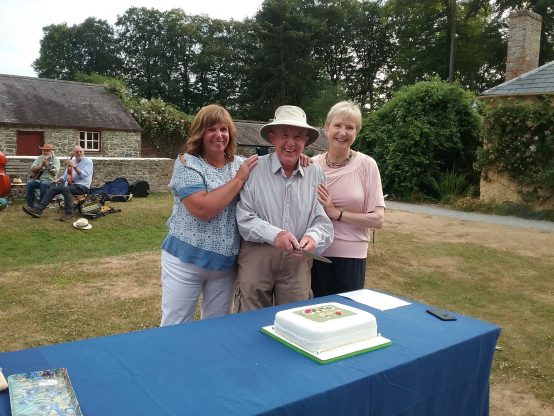 The Cardiganshire Horticultural Society turned 50 in 2018. President John Corfield with Jan Eldridge and Kay Edwards who helped cut the cake. So many members of the society have plants given by John in their gardens, and he was well known for his generosity that would lead him to lovingly raise seedlings at his home, with the express purpose of bringing joy to those who would subsequently receive them as an impromptu gift.
He had just told me that he was growing a Koelreuteria paniculata (Golden Rain Tree) for me at the time of his passing, and I can think of no better way to remember him. Prof. Mike Hayward remarked that a cyclamen grown for him by John came into flower on the day of his passing, a lasting gift that so many of his friends will be able to enjoy for years to come.
John was also a keen thespian and a founder member of the relaunched ‘Wardens Amateur Dramatic Society’. He was involved with nearly every show since the early 1980s as, variously, stage management, performer & front of house. He was also involved in many productions by Showtime Singers.
 The Cardiganshire Horticultural Society celebrated their President’s 80th birthday in 2013 A private funeral took place at John’s green burial on 27th August, where only a small number could be present due to Covid-19 restrictions. We hope to celebrate John’s life in fitting style in due course within the Horticultural Society, and I will circulate details of any subsequent event for staff/former colleagues who may wish to attend nearer the time.
We also hope that a memorial tree for John will soon be planted on the campus, details of which will be shared in due course.
Thanks to John’s friends, family and former colleagues for their help in preparing this tribute: Tom Corfield, Matthew Piper, Dr Andrew Agnew, Pat Causton, Margaret Howells, Prof. Mike Hayward, Dr Caroline Palmer, Dr Edwina Ellis, and Penny David.
My thanks to Dr Peter Wootton-Beard for his working in preparing this wonderful piece in memory of John Corfield.
Professor Elizabeth Treasure
Vice-Chancellor |
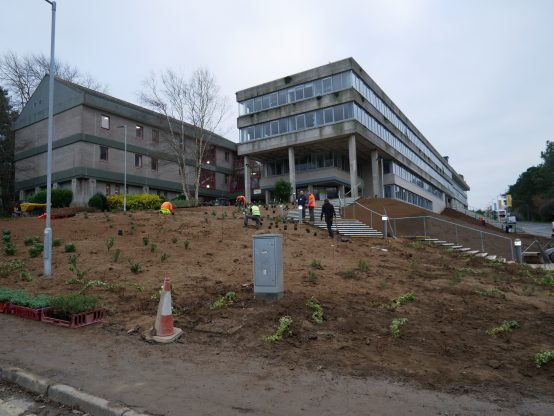
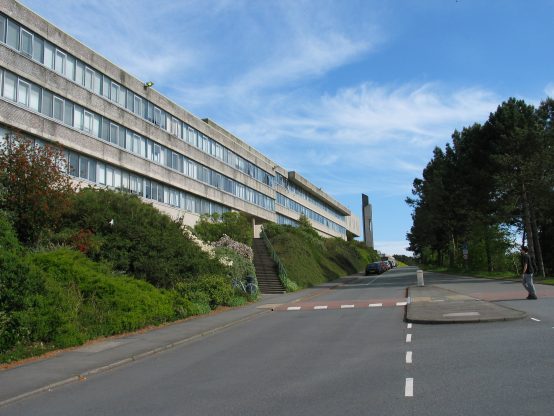
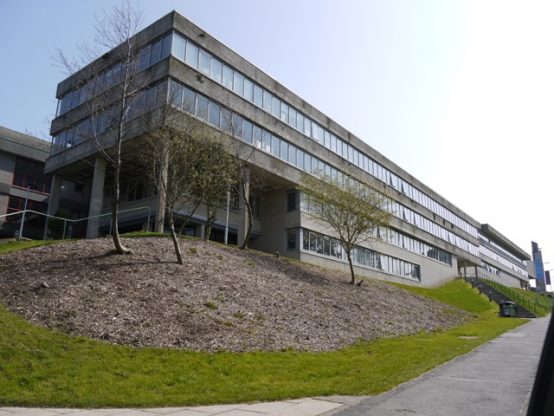
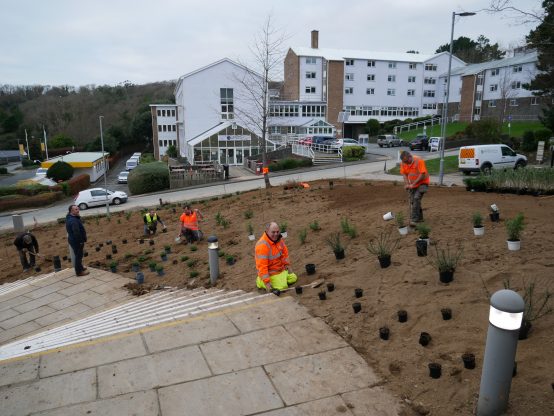
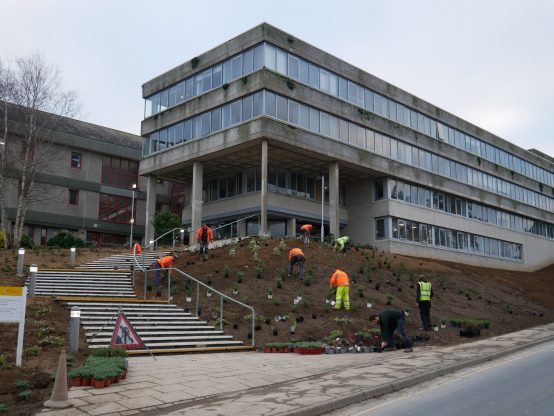
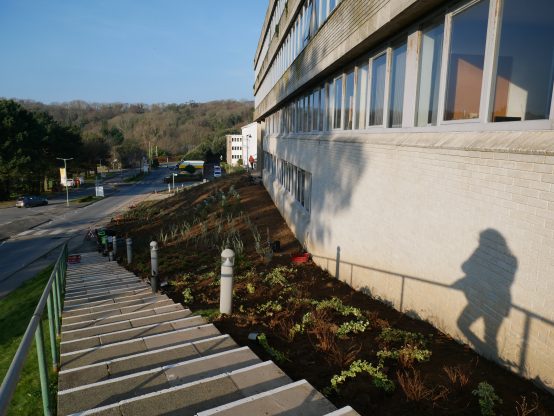









 Embarrassing is indeed a good word for what has been done to the campus in the last two years!
Embarrassing is indeed a good word for what has been done to the campus in the last two years!